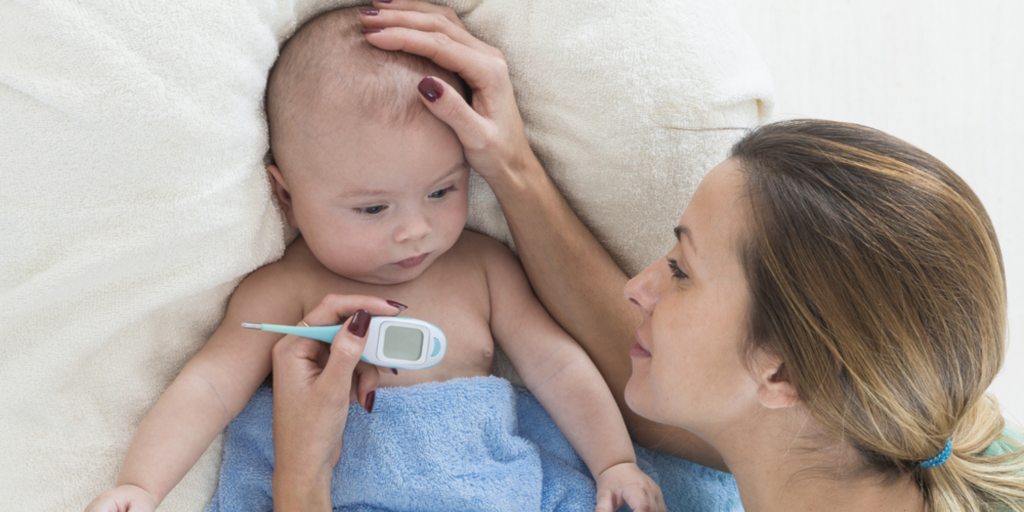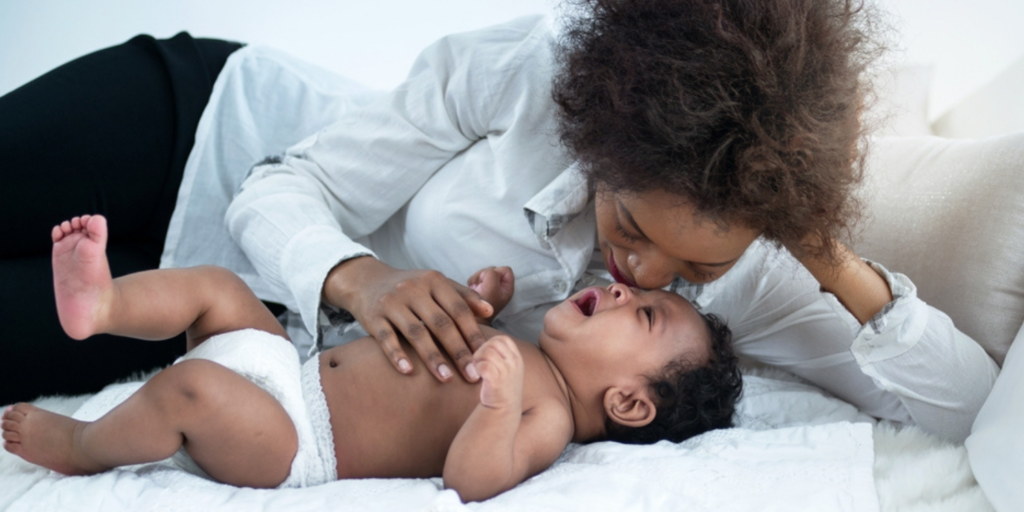From our friends at Legacy-GoHealth Urgent Care:

As a parent, nothing is more precious than your child. If your little one is exhibiting signs and symptoms of a high temperature, your natural reaction might be to panic. Not to worry — you can easily assess the severity of their fever at home by using a baby fever chart.
It’s normal for your baby’s temperature to fluctuate for various reasons, and it’s not always necessarily a bad thing. But you may be wondering what a fever for a baby is.
Below, we’ll explain the baby fever chart to help decide whether you should treat your little one’s fever at home and when you should call the pediatrician or local urgent care center.
What Temperature is Considered a Fever for a Baby?
Many people do not know what temperature is a fever for a baby, and therefore do not always properly manage the specific situation.
Your child is considered to have a fever if he or she:
- Has a rectal, ear or temporal artery temperature of 100.4 F (38 C) or higher
- Has an oral temperature of 100 F (37.8 C) or higher
- Has an armpit temperature of 99 F (37.2 C) or higher
If you’re in doubt about a temperature reading, use another method to confirm the results.
Treatment
Fever-reducing medicines such as ibuprofen (for babies over 6 months) and acetaminophen can provide some relief, but there are other baby fever treatment methods that can lower a temperature:
- Cold compress – Placing a cool, wet washcloth on your child’s head can draw the fever out and help your baby rest.
- Fluids – To prevent dehydration and aid the body in cooling itself, give your child plenty of fluids, including water, clear soups, popsicles, or yogurt. If your baby is younger than 6 months, breast milk will hydrate and strengthen your little one’s immune system while fighting illness.
- Keep baby’s room cool – Use air conditioning or a fan on its low setting to keep your baby’s room at a comfortable temperature (70-74ºF). Also, try to avoid taking your child outside in the sun. Should you venture out, remain in the shade.
- Lightweight clothing – Remove extra layers of clothing so your child can lose heat more easily through the skin. Since infants can’t regulate their temperature well, it’s harder to cool them down once overheated with multiple layers.
- Lukewarm sponge bath – Help your child feel more at ease with a relaxing sponge bath using lukewarm water. As water evaporates from his or her skin, it can bring the fever down temporarily. But avoid using cold water as this can cause your baby to shiver, raising his or her temperature.
Whatever you choose to do to alleviate discomfort, do not use aspirin as this can cause a potentially fatal illness called Reye’s syndrome.
When to Seek Medical Treatment
Let’s say your little one is showing signs of a fever and you take his or her temperature. Just because your thermometer reads 102ºF, it shouldn’t be cause for alarm.
However, you should call your doctor or urgent care center if your baby:
- Has a rash
- Is not eating.
- Is not sleeping well.
- Is very cranky, irritable, or difficult to calm down.
If you’re ever in doubt, it’s always best to play it safe and call your pediatrician or local urgent care for advice.
When to go to the Emergency Room
Take your child to the emergency room right away or call 911 if they have any of the following symptoms:
- Has a seizure
- HAS purple or blood-colored spots on their skin
- Is having trouble breathing
- Is lethargic or not responsive
- Shows signs of dehydration, such as fewer wet diapers, crying without tears or having a sunken soft spot on their head
These symptoms indicate your baby’s fever is serious and should therefore be treated urgently.

- Summer Camps with Space - April 16, 2024
- Portland Half-Day Summer Camps - April 16, 2024
- Summer Camps with Space - April 15, 2024




